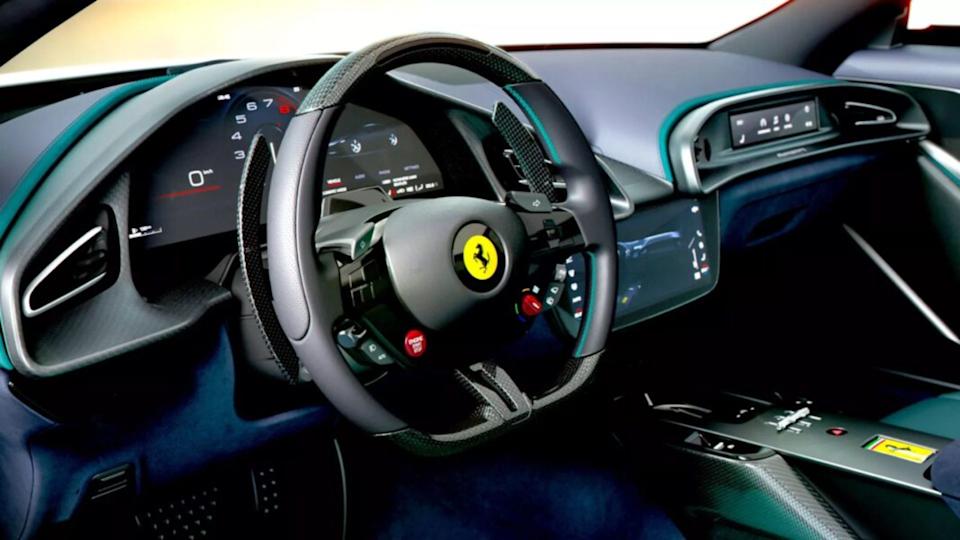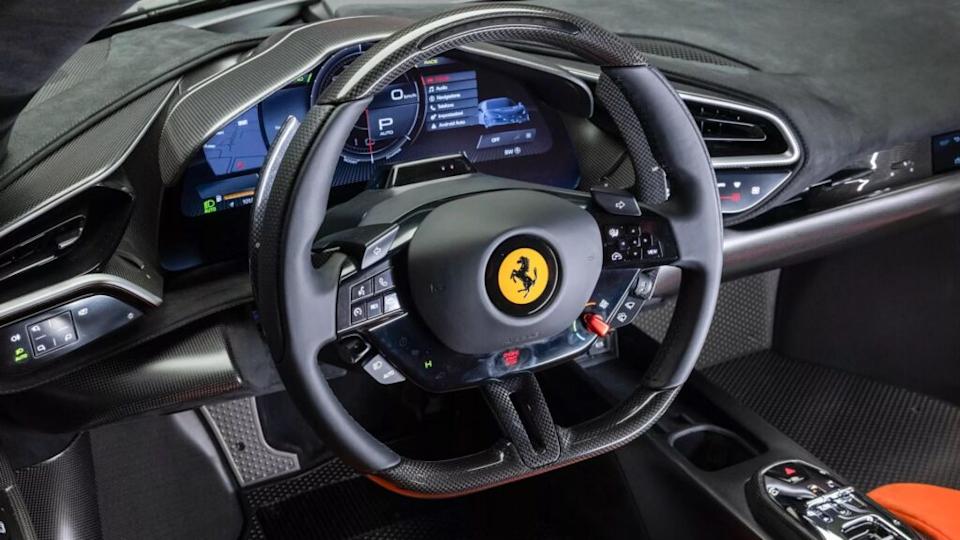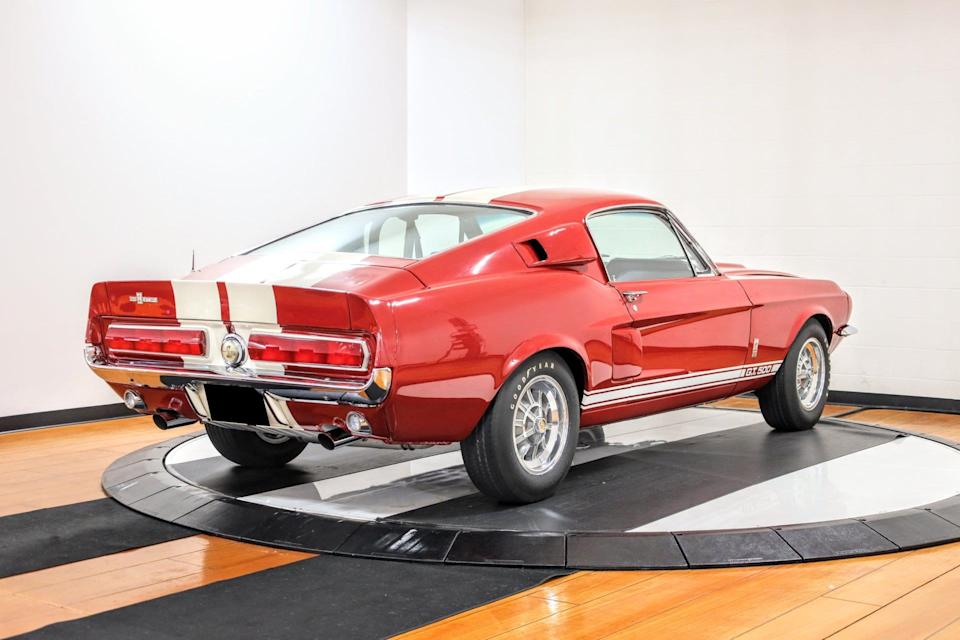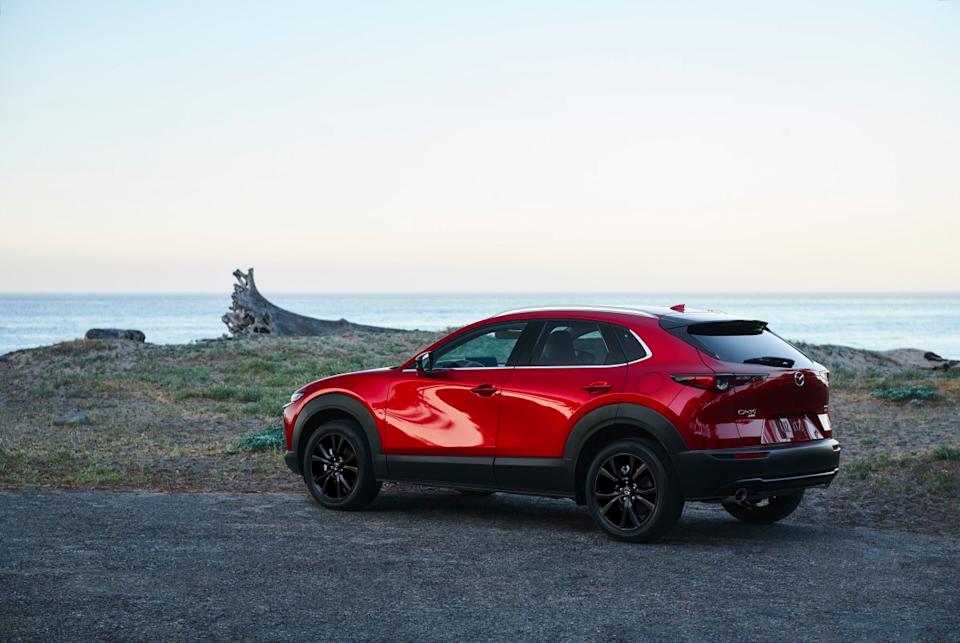
Read the full story on Modern Car Collector
 Ferrari Reintroduces Physical Steering Controls After Customer Pushback
Ferrari Reintroduces Physical Steering Controls After Customer PushbackFerrari is shifting gears on one of its most controversial interior features: touch-sensitive steering wheel controls. With the debut of its newest grand tourer, the Amalfi, the Italian automaker is reinstating traditional buttons, marking a significant departure from recent design trends that left many owners frustrated.
The move comes after years of criticism aimed at Ferrari's touch-capacitive interfaces, introduced on models like the SF90 Stradale and Roma. While intended to promote a futuristic, high-performance driving experience, the controls were often deemed overly sensitive and unintuitive—especially at high speeds.

Ferrari's chief marketing officer, Enrico Galliera, acknowledged the misstep in a recent interview with Top Gear. “Our philosophy is always ‘hands on the wheel, eyes on the road.’ But we were finding people were spending too much time with their eyes also on the wheel,” Galliera said. He added that while touch interfaces may offer faster operation on smartphones, that logic didn't translate well to high-performance driving scenarios.
The newly unveiled Amalfi—successor to the Roma—brings evolutionary design updates and revised technology, but its return to physical controls may be its most welcome feature. Galliera described the change not as a step backward but as a “re-balancing” of Ferrari’s human-machine interface approach.
Notably, Ferrari has confirmed the update will extend beyond future models. Existing vehicles equipped with touch-sensitive steering wheels will be eligible for a retrofit program that replaces the capacitive controls with traditional buttons, ensuring consistency across the brand’s lineup.
The decision reinforces a growing industry trend of revisiting physical interfaces after customer complaints, as luxury brands increasingly recognize that cutting-edge doesn't always mean better usability.
Follow us on Facebook and Twitter














